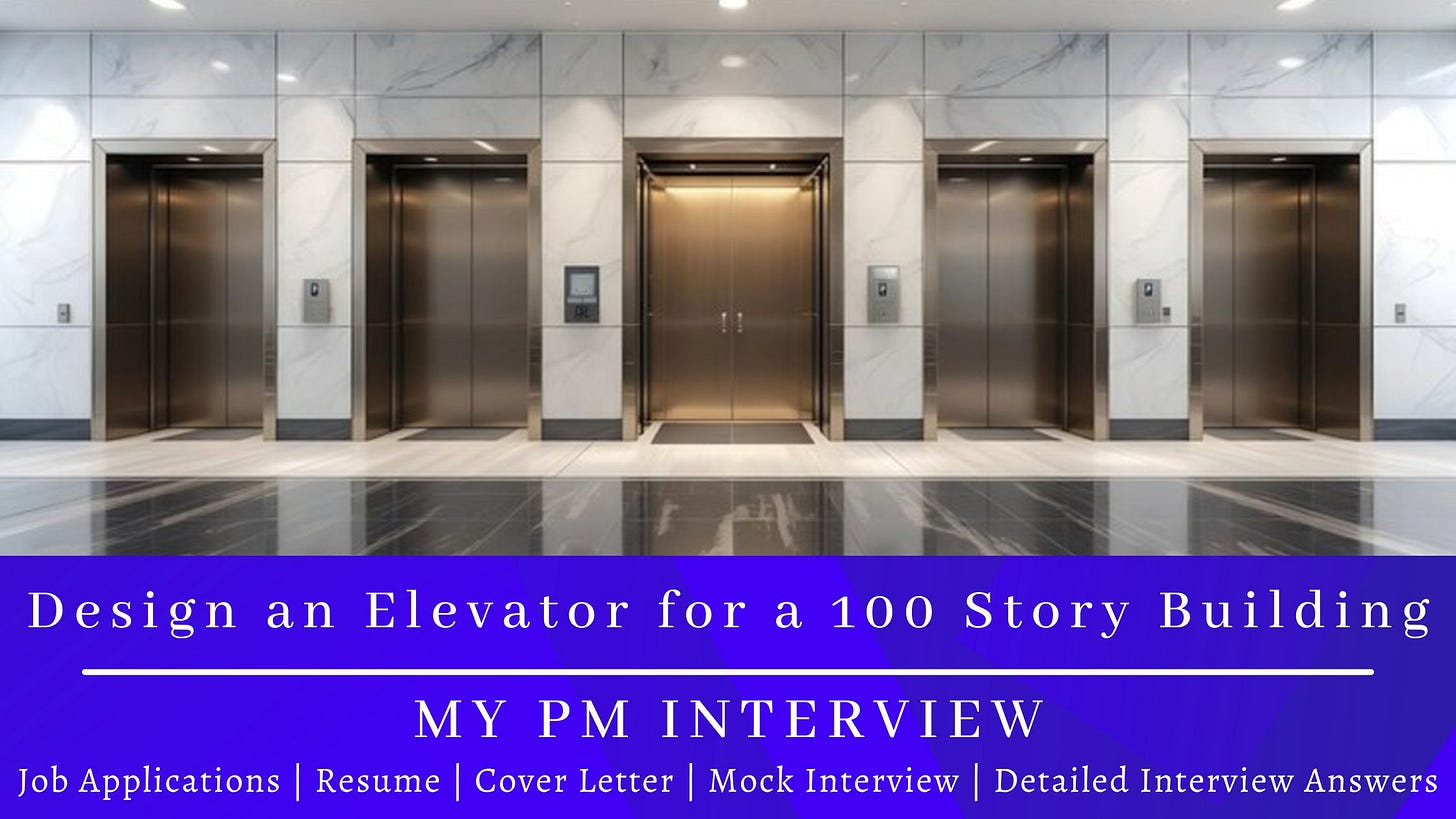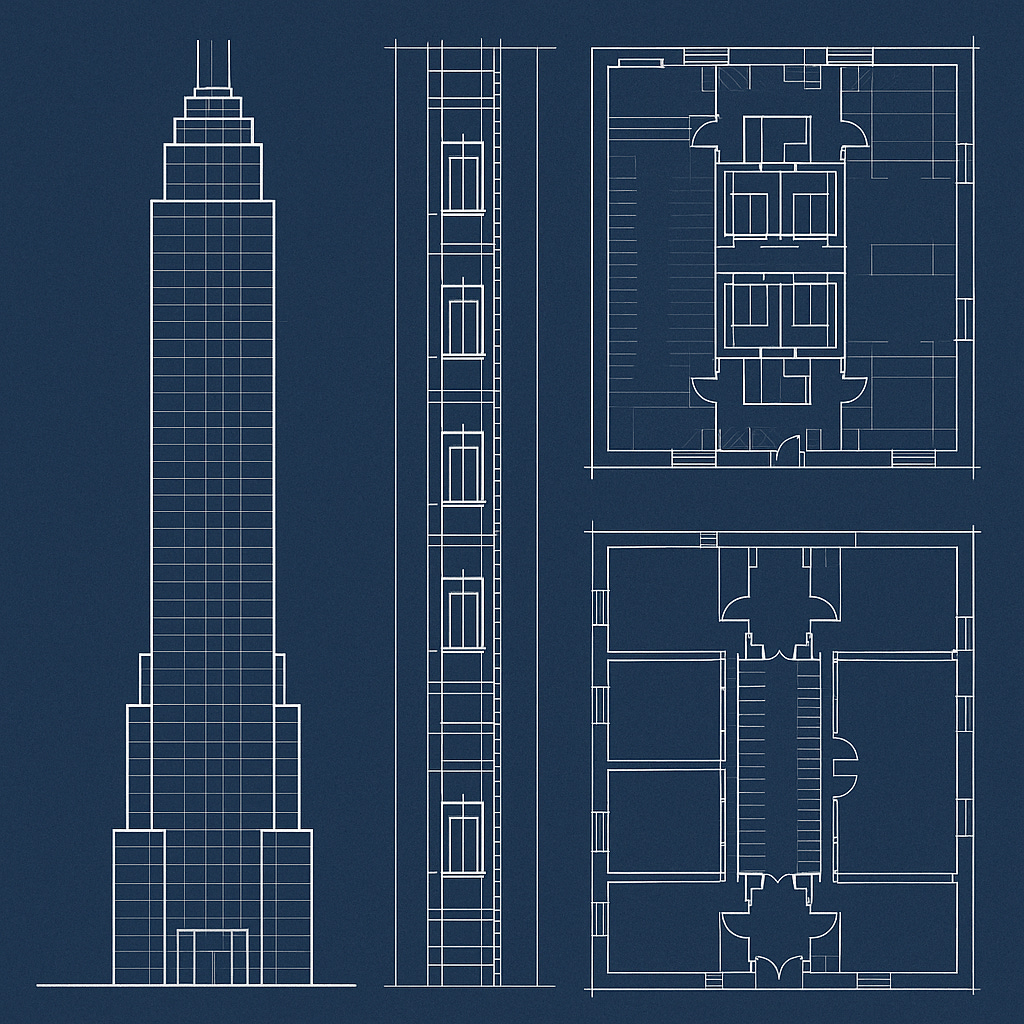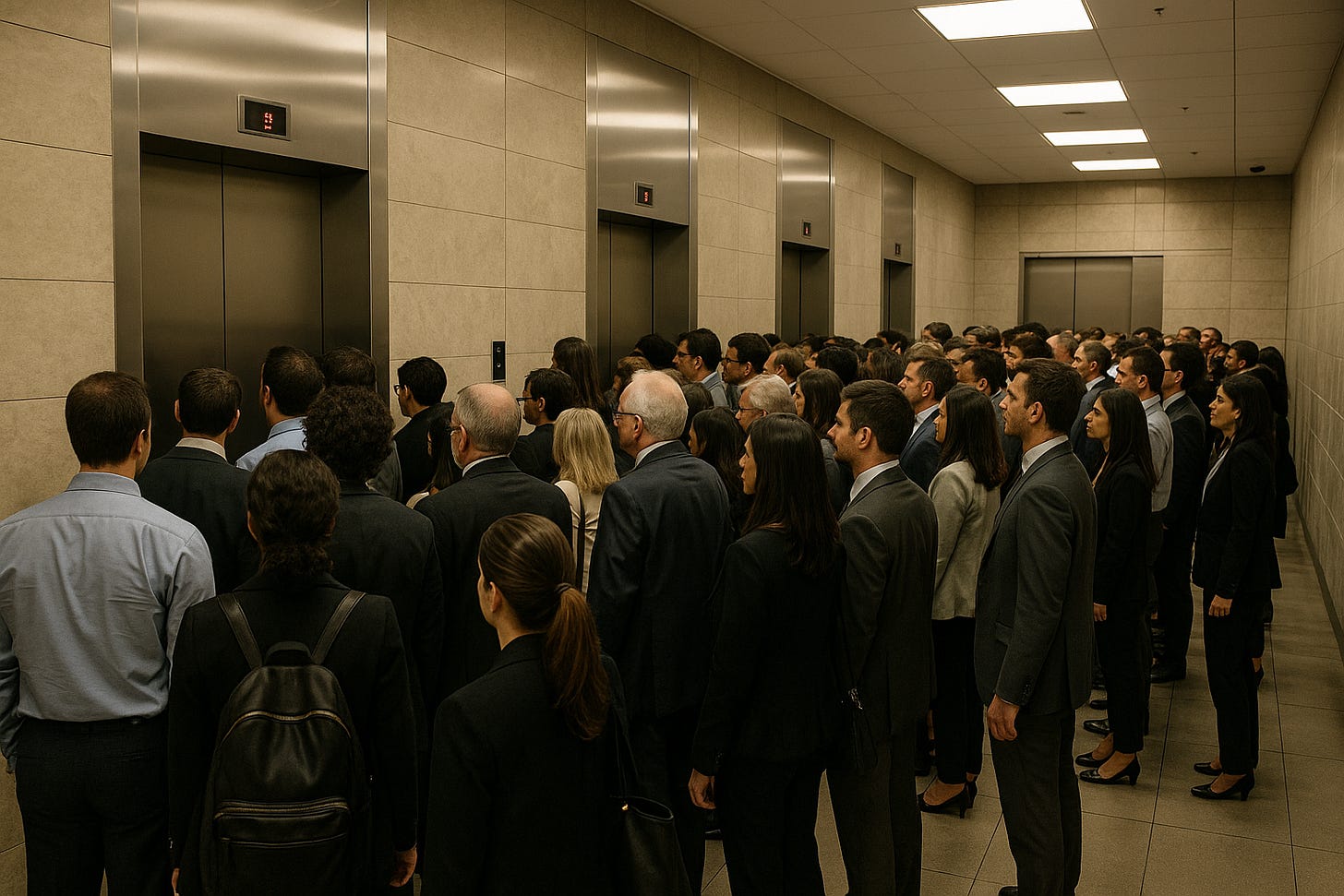Design an elevator for a 100 story building
Product Design Interview Question: Design an elevator for a 100 story building.
Framework:
Here is a step-by-step framework, you should follow while answering product interview questions during your interview:
1. Ask clarifying Questions to trim down the scope of the question
2. Define the Goal you want to achieve
3. List the User Segments and select one segment to focus on
4. List and prioritize the Pain Points for that segment
5. List out your Solutions to solve those pain points
6. Evaluate all the solutions and prioritize them
7. Define Metrics to measure the performance of the solutions
8. Plan the GTM for it
9. At the end, Summarize your answer
Clarifying Questions
What is the building’s primary usage (office, residential, mixed-use)? Assume a 100-story office skyscraper with ~10,000 occupants (≈100 people/floor)
Do we have any insight about the Peak Traffic Patterns and Desired Target Wait Time?
Assumption: You can make your assumption.Is there any limit on the total elevators (shafts) can the core accommodate?Assumption: You can make your assumption.
Are there any budget, space or regulatory constraints?
(e.g. ADA accessibility, safety codes)
Assumption: Its up to you.Are there special needs that needs to be accommodated in the solution (freight, emergency, maintenance, disabled access)?
Assumption: Its up to you.
Define the Goal:
Our goal is to enable fast, safe, and reliable vertical transport for all users in the 100-story building, while minimising wait and travel times.
For example, handling ~10,000 people (≈40,000 trips/day) may require on the order of 20+ elevators to keep average wait times low.
Key goals: Minimize average wait time per passenger; minimize total travel time to destination floors; optimize number of elevator shafts vs. speed.
User Segments:
Daily Office Workers: Commuters who travel at peak times (highest volume).
Building Visitors & Tenants: Irregular users (clients, lunchtime traffic).
Service & Maintenance Staff: Freight, cleaning, deliveries (may use separate service elevators).
Elderly/Disabled Users: Need accessible features (wider cabs, low panels, voice commands).
Emergency Responders: (Firefighters, etc., needing access to all floors).
Focus: Office workers (daily commuters) – they generate the bulk of peak demand and their experience will dominate system efficiency.
Pain Points:
For busy office users, key pain points include:




